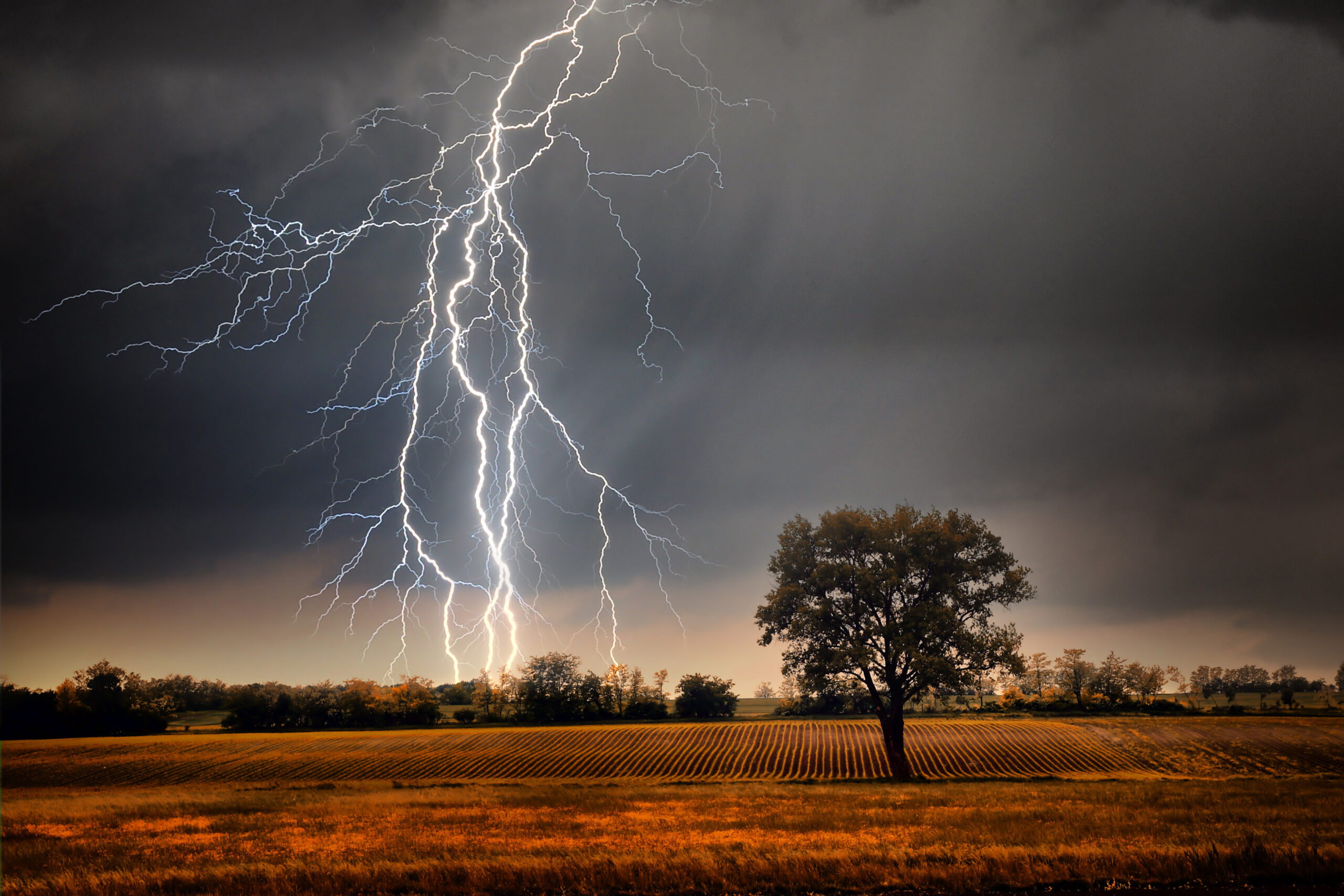While we long for the warmth of summer days, heat and humidity can also give way to severe thunderstorms and lightning which kills more people every year than tornadoes or hurricanes. Elderly or disabled adults are at an increased risk from injury or death as a result of a severe thunderstorm because they may not be able to seek shelter quickly enough or hear the warning sounds of thunder.
Before leaving the house to enjoy outdoor activities, always check the news or a weather app for the local forecast and take note of signs a storm is coming such as darkening skies, lightning flashes or strengthening wind. Many people struck by lightning are not in an area where it is actually raining because lightning can strike up to 10 miles away.
According to the National Weather Service, lightning strikes the United States about 25 million times each year, mostly during the summer months. An average of 47 people in the U.S. are killed by lightning each year and hundreds more are seriously injured.
If you hear thunder, you could be in danger from lightning. Seek shelter indoors away from windows or in a vehicle until at least 30 minutes after the last thunder clap is heard. Don’t bathe or wash dishes while it’s storming and avoid using telephones or electrical equipment. If you are driving during a severe storm, it’s best to pull over and wait out a heavy rain; be sure to turn on your emergency lights and park out of the way of traffic.
If Lightning Strikes
Follow these steps if someone has been struck by lightning:
- Call for help. Call 9-1-1 or the local emergency number. Anyone who has sustained a lightning strike requires professional medical care.
- Check the person for burns and other injuries. If the person has stopped breathing, call 9-1-1 and begin CPR. If the person is breathing normally, look for other possible injuries and care for them as necessary. People who have been struck by lightning do not retain an electrical charge and can be handled safely.
Source: American Red Cross
Learn more about lightning safety by following this link to the National Weather Service.






Add Your Voice
0 Comments
Join the Discussion